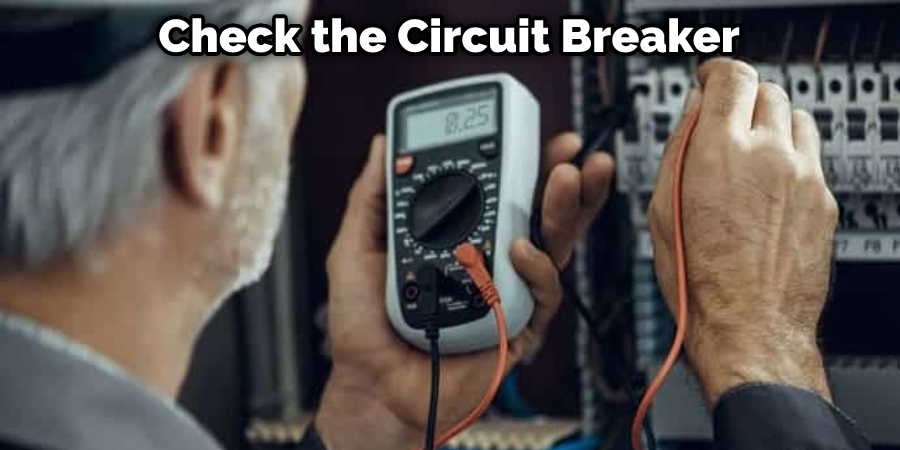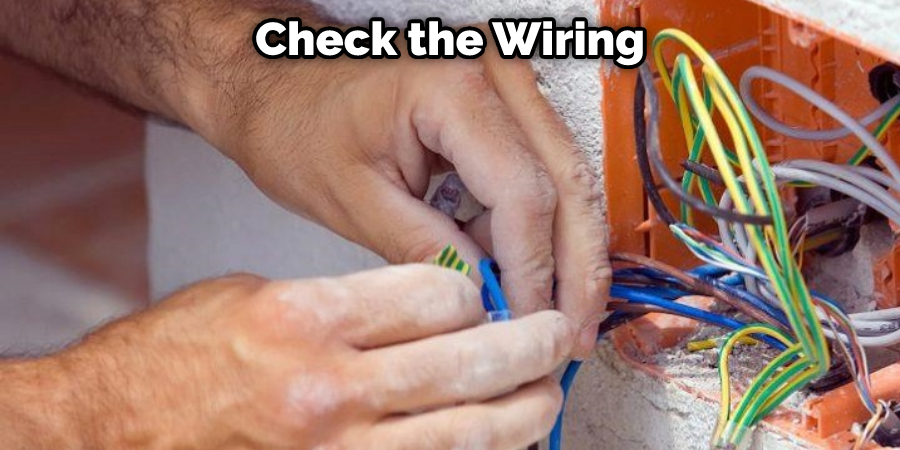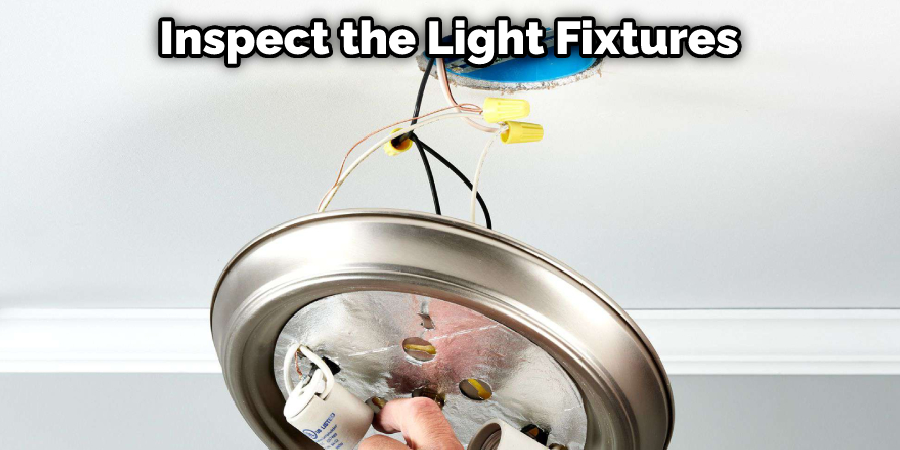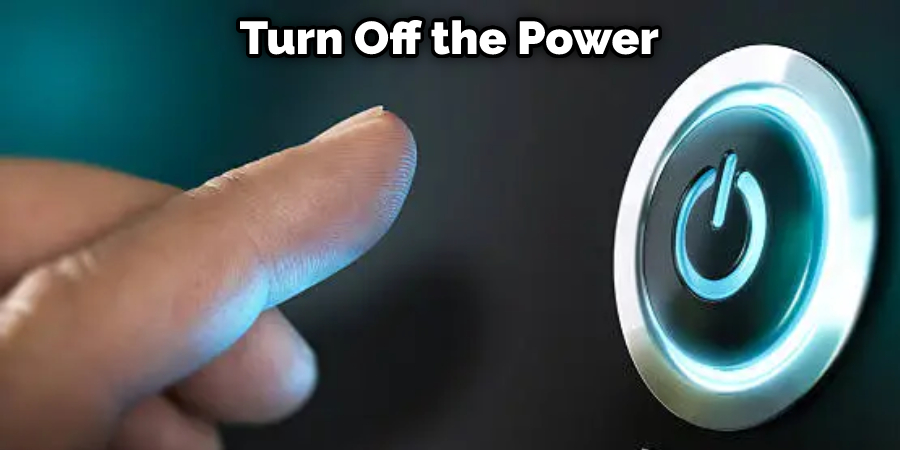In many older homes, the neutral and hot wires are not properly labeled. As a result, people often accidentally touch the hot wire while trying to fix something in their home. If you’re not familiar with how to work with electricity, this can be a dangerous situation. If you find yourself in this situation, don’t panic. You can do a few things to fix a hot, neutral wire. This blog post will show you how to fix a hot neutral wire safely and efficiently. Stay safe and have fun.

Your home’s electrical wiring is divided into circuits, each serving a specific purpose. For example, one circuit might power the lights in your kitchen, while another powers the lights in your bedroom. If there’s a problem with one of your home’s circuits, it can cause all sorts of problems – including no power at all. The problem might be as simple as a blown fuse in some cases.
In some cases, the problem might be more serious – like a hot, neutral wire. If you’re not familiar with electricity, the term “hot” might sound a little bit misleading. In this context, hot means that the wire is carrying electricity. A hot, neutral wire can happen when the insulation on the wire wears down, exposing the metal conductor inside.
Summary: If you have a hot neutral wire, there are a few things you can do to fix the issue. First, try to determine where the wire is causing the problem. If you can’t determine the source of the heat, you can attempt to locate the wire using a voltmeter. If that fails, you can temporarily cut the wire and reattach it using a connector. Finally, you can replace the wire altogether.
Why Be Neutral Wire Hot?
A neutral wire may be hot due to a break in the neutral conductor. If there is a break in the neutral conductor, the current will be redistributed through the other conductors in the circuit. This will cause a voltage drop across the break, and the current will flow through the Neutral Wire to the ground. If there is a break in the ground conductor, the current will flow through the Neutral Wire to the ground.
Another reason a neutral wire may be hot is due to a problem with the grounding system. If there is a problem with the grounding system, the current will flow through the Neutral Wire to the ground. However, if there is a problem with the Neutral Wire, the current will instead flow through the Neutral Wire to the ground.
If you have a problem with your Neutral Wire, it may be due to a problem with the circuit breaker. If the circuit breaker is not working properly, the current will flow through the Neutral Wire to the ground. To fix this problem, you should repair the circuit breaker.
12 Ways on How to Fix a Hot Neutral Wire
1. Check the Circuit Breaker
The first thing you need to do is check the circuit breaker. If it is not working, then you need to replace it. Next, use a circuit tester to check the breaker. Circuit breakers usually have two hot wires and one neutral wire. If the breaker is not working, then the hot wires will not be able to connect to the neutral wire.

2. Replace the Fuse
If the circuit breaker is not working, then you need to replace the fuse. Fuses are designed to protect the electrical system from overloads. If the fuse is blown, it means that there is an overload somewhere in the system.
To replace the fuse, you will need to find the fuse box. The fuse box is usually located near the electrical panel. Once you find the fuse box, open it and find the blown fuse. Once you find the blown a fuse, remove it and replace it with a new one.
3. Check the GFCI Receptacle
If you have a GFCI receptacle in your home, it may be the source of the problem. The GFCI receptacle is designed to trip when there is an imbalance in the circuit. To test this, reset the GFCI and see if the problem persists. If the problem does not persist, then the GFCI receptacle is likely the source of the problem.
4. Check the Wiring
If the problem persists, then you should check the wiring. Incorrectly wired circuits are a common source of hot, neutral wires. The best way to check the wiring is to consult a circuit diagram. If you don’t have a diagram, you can often find one online or in a home improvement book. If the problem is not with the wiring, then you should check the fuse box. If a fuse has blown, it will need to be replaced.

5. Check Loose Connections
If the wiring looks correct, then the next step is to check for loose connections. Loose connections are a common cause of hot, neutral wires. To check for loose connections, you’ll need to remove the covers of the electrical boxes in your home and check the wire connections. First, make sure that all of the wires are tight and secure. Then, if you find any loose connections, tighten them up and see if that fixes the problem.
6. Check the Outlets
If the problem persists, then you should check the outlets. Faulty outlets are another common cause of hot, neutral wires. First, turn off the power to the circuit to check the outlets. Then, remove the covers of the outlets and inspect the wiring. Look for any loose wires or signs of burning. If you find any, tighten the wires and secure them with wire nuts. If the outlet is severely damaged, then you will need to replace it.
7. Check the Switches
If the problem persists, then you should check the switches. Faulty switches are another common cause of hot, neutral wires. To check the switches, turn them off and on again. Use a multimeter to test the switches for continuity. If they are faulty, then you will need to replace them.
You Can Check It Out to Fix a Broken Retainer Wire
8. Inspect the Light Fixtures
If the problem persists, then you should inspect the light fixtures. Faulty light fixtures are another common cause of hot, neutral wires.

To check if your light fixtures are the problem, start by turning off all the lights in your home. Then, go to your breaker box and turn off the breaker that controls the light fixtures. Once the breaker is off, go to each light fixture and check to see if the wire is hot. If the wire is hot, then the light fixture is most likely the problem.
9. Check for a Faulty Dimmer Switch
Another common cause of a hot, neutral wire is a faulty dimmer switch. Dimmer switches are designed to control the flow of electricity to a light fixture, which in turn regulates the brightness of the light.
However, if the dimmer switch is not working properly, it can cause a disruption in the flow of electricity, resulting in a hot, neutral wire. To check if your dimmer switch is the problem, turn off the power to the circuit and remove the dimmer switch from the wall. If the wire is hot to the touch, then the dimmer switch is most likely the problem.
10. Check for a Ground Fault
A ground fault is another common cause of a hot, neutral wire. A ground fault occurs when there is a disruption in the flow of electricity, causing it to “leak” onto another conductor or into the ground. This can happen if a wire becomes frayed or damaged or if a loose connection somewhere in the circuit.
To check for a ground fault, you’ll need to use a circuit tester or multimeter. First, turn off the power to the circuit at the breaker box. Then, touch one lead of the tester to the hot wire (black or red) and the other lead to the bare copper ground wire. If the tester lights up or beeps, there is a ground fault.
To fix a ground fault, you’ll need to find and repair the damaged wire or lose connection. Once you’ve done that, you should be able to reset the circuit breaker and restore power to the circuit.
11. Check for a Short Circuit
A short circuit is another possible cause of a hot, neutral wire. A short circuit occurs when there is a direct connection between the hot and neutral wires. This creates a large amount of current flowing through the wire, which can cause it to heat up.
If you suspect that there is a short circuit, you should turn off the power to the circuit and then check the wires with a multimeter to see if there is continuity between the hot and neutral wires. If there is continuity, then you will need to replace the wires.

12. Check for a Neutral Wire Problem
If you have checked for all of the above issues and still have a hot, neutral wire, then the problem may be with the wiring in your home. In some cases, the problem may be with the main electrical panel. If you have a hot, neutral wire, it is important to have an electrician check your wiring and panel to ensure that everything is safe and up to code.
You Can Check It Out to Fix Broken Wire on Solar Lights
Frequently Asked Questions
Why Would My Neutral Wire Be Hot?
When you have a neutral wire, it means that the voltage is level across the entire length of the wire. This can result in your appliance becoming hot if there isn’t enough power going to it. In order to fix this problem, you need to install an accessory outlet and/or upgrade your electrical box.
What Would Cause a Neutral Wire to Have Voltage?
A neutral wire has voltage because it carries AC ( Alternating Current ). When the current flows through a wire, it creates an electric field. This opposing force causes the metal in the wire to become heated up and create a potential difference between its two ends.
Is There Power on a Neutral Wire?
Electricity flows through wires in a direction dictated by the physical properties of the wire. This flow of electricity is called “electromagnetism.” The direction of this electromagnetism is determined by the type of metal that makes up the wire. Iron, for example, has a strong magnetic field, which makes it a good conductor of electricity.
Why Am I Getting 120 Volts on My Neutral?
If you are getting 120 volts on your neutral, it is likely that there is an issue with either the electrical outlet or the wiring in your home. You should first check to see if the outlet is properly plugged into a live socket and that all of the wires are connected correctly. If neither of these things are correct, then you may need to call an electrician to inspect and repair any faulty wiring.
Final Thoughts
This article has covered how to fix a hot neutral wire. So, if you have a hot, neutral wire in your home, what can you do about it? The best option is to call an electrician. They will be able to come and assess the situation and make the necessary repairs. If you feel brave, you could try to fix it yourself, but please be very careful.
Electricity is dangerous and can cause serious injury or death. Be sure to follow all of the safety precautions when working with electricity, and always consult a professional if you are not sure what to do. Thanks for reading!
